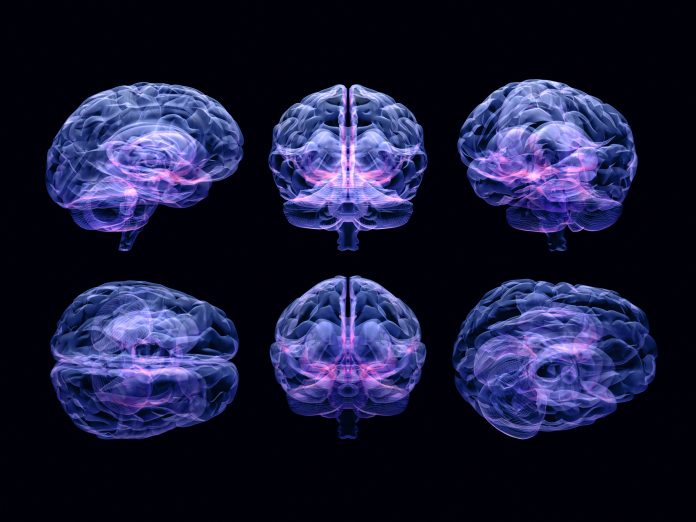A study, published in Nature Neuroscience, finds that pain can block how dopamine functions – meaning that the negative effects of pain can theoretically be reversed
The team, funded by the National Institute on Drug Abuse (NIDA), found that it was possible to restore levels of motivation seen before the experience of pain. They have discovered a new connection between neuronal circuitry in rodents and pain-induced anhedonia – which is a decrease in motivation to perform reward-driven behaviours.
“Chronic pain is experienced on many levels beyond just the physical, and this research demonstrates the biological basis of affective pain. It is a powerful reminder that psychological phenomena such as affective pain are the result of biological processes,” said NIDA Director, Dr Nora D Volkow.
“It is exciting to see the beginnings of a path forward that may pave the way for treatment interventions that address the motivational and emotional effects of pain.”
How did the team figure this out?
In a population of rats, either saline or an inflammation solution was injected. The group with saline experienced no pain, while the group with an artificially created inflammation experienced pain.
After 48 hours, a difference in behaviour became clear.
The rats with a painful paw didn’t press the lever (releasing sugar for their consumption) as much as the rats without pain – showing a decrease in motivation. These rats also had less active dopamine neurons.
“It is fulfilling to be able to show pain patients that their mental health and behavioral changes are as real as the physical sensations, and we may be able to treat these changes someday,” said study author Dr Meaghan Creed, of Washington University in St. Louis.
But why?
The team further discovered that the reason the dopamine neurons were less active was because pain was activating cells from a region of the brain known as the rostromedial tegmental nucleus (RMTg), which makes the inhibitory neurochemical GABA. GABA blocks the activity of the dopamine neurons.
“Pain has primarily been studied at peripheral sites and not in the brain, with a goal of reducing or eliminating the sensory component of pain. Meanwhile, the emotional component of pain and associated comorbidities such as depression, anxiety, and lack of ability to feel pleasure that accompany pain has been largely ignored,” said study author Dr Jose Morón-Concepcion, of Washington University in St. Louis.











